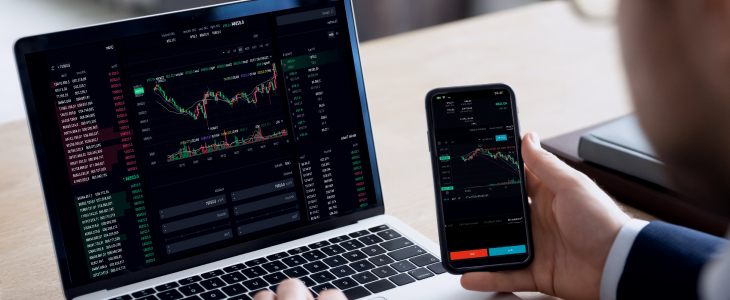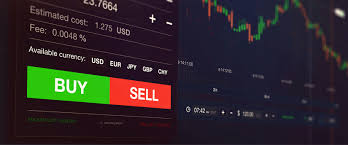
Understanding Forex trading sessions and time zones is crucial for any trader aiming to succeed in the dynamic world of currency trading. With the forex market operating 24 hours a day, five days a week, it can be challenging to identify the optimal times for trading. This article, enriched with insights and strategies from forex trading sessions time zones trading-vietnam.com, will help you navigate these time zones effectively.
Forex Trading Sessions
The forex market operates through a series of trading sessions that correspond to major financial centers globally. These sessions are typically categorized into four main time frames:
- Asian Session (Tokyo)
- European Session (London)
- North American Session (New York)
- Overlapping Sessions
1. Asian Session
The Asian session is the first of the four major trading sessions and runs from approximately 11 PM to 8 AM GMT. It is dominated by traders from Tokyo, Sydney, and Hong Kong. The currency pairs most actively traded during this session include USD/JPY, AUD/USD, and NZD/USD.
This session is characterized by lower volatility compared to the European and North American sessions. Traders focusing on this session can benefit from the stability of the market and make strategic trades based on economic data released from Asia.
2. European Session
The European session overlaps significantly with the Asian session and begins at 7 AM GMT, ending at 4 PM GMT. This period is often regarded as the most active time in forex trading due to the volume of trades executed by European financial centers like London, Frankfurt, and Paris.
Currency pairs such as EUR/USD, GBP/USD, and USD/CHF see the most volatility during this time. Traders can expect significant price movements based on economic indicators released within Europe.

3. North American Session
The North American session kicks off at 12 PM GMT and concludes at 9 PM GMT. This session sees heightened activity from the New York market, which is one of the largest financial hubs worldwide. The currency pairs that thrive during this period include USD/CAD, USD/JPY, and EUR/USD, among others.
Similar to the European session, the North American session experiences volatility, particularly when U.S. economic data is released. Traders often capitalize on this by implementing strategies that align with the predicted market reactions.
4. Overlapping Sessions
One of the most advantageous times for forex trading occurs during the overlaps between the sessions. The most notable overlapping times are:
- Asian and European: 7 AM – 8 AM GMT
- European and North American: 12 PM – 4 PM GMT
During these overlaps, traders can benefit from increased volatility and liquidity, presenting more opportunities to execute trades with tighter spreads. Strategies such as scalping or day trading can be particularly effective during these times.
Key Economic Releases
To maximize trading success, it is essential to stay updated on economic releases that may impact currency pairs during each session. Economic news such as interest rate announcements, unemployment rates, and GDP figures should be monitored closely.
For instance, a positive U.S. jobs report released during the North American session can strengthen the USD against other currencies, providing profitable trade opportunities. Similarly, European economic indicators can create ripple effects across forex markets during the European session.
Effective Trading Strategies

Implementing effective trading strategies based on the forex trading sessions can greatly enhance your trading success. Here are some strategies tailored to different time zones:
Scalping
Scalping is a short-term trading strategy that aims to make small profits from minor price changes. This strategy is best suited for the Asian session when the market is less volatile or during overlaps when significant price movements occur. Traders utilize quick analysis and execution to capitalize on these minor fluctuations.
Day Trading
Day trading involves entering and exiting trades within the same trading day. Traders can effectively utilize the European and North American sessions for day trading due to higher volatility. Economic news releases and market events can lead to significant price movements, allowing day traders to leverage these opportunities.
Position Trading
Position trading is a long-term strategy where traders hold onto positions for weeks, months, or even years. This approach can benefit from the overall trends established during all sessions. Understanding key economic indicators and geopolitical events can guide position traders in making sound long-term decisions.
Conclusion
The forex market operates within a complex framework of trading sessions and time zones. Understanding how these sessions work, which currency pairs are most active, and how to capitalize on overlaps can significantly improve trading outcomes. By applying appropriate strategies and staying informed about economic releases, traders can navigate the forex landscape successfully.
In conclusion, whether you are a beginner or a seasoned trader, familiarizing yourself with forex trading sessions and time zones is essential. By aligning your trading strategies with market dynamics, you will increase your chances of achieving your trading goals.